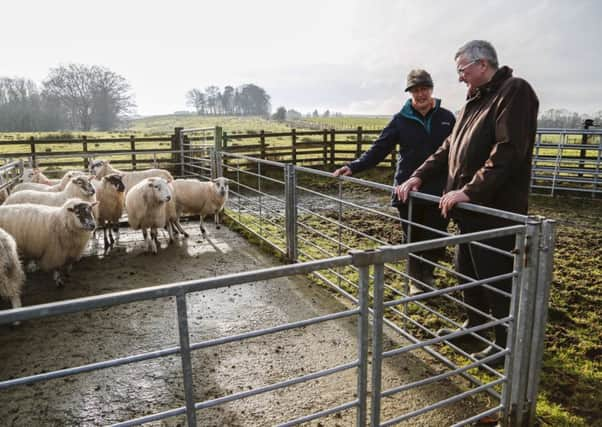Sting in the tail as some green support rates cut
This article contains affiliate links. We may earn a small commission on items purchased through this article, but that does not affect our editorial judgement.


Acknowledging the value of a scheme which puts millions into the rural economy, NFU Scotland’s director of policy Jonnie Hall said it highlighted the tremendous contribution that farmers and crofters made in delivering environmental benefits, biodiversity and stunning landscapes.
However he struck out at the cuts in payment rates: “Rates for retaining winter stubbles have been cut from £299 to just £96 per hectare.” Similarly rates for cutting rush pasture are down from £35 to £8.45 per hectare and wader grazed grassland is back from £114 to £80 per hectare.
Advertisement
Hide AdAdvertisement
Hide AdHall said that payments should be set at a level which helped cover the income foregone by producers and which took account of the additional costs incurred.
Calling for an explanation of “such dramatic changes”, Hall said: “We are only in the third year of the scheme and we would want reassurance that the rates are not being adjusted as a means of delivering budgetary control.
“If these measures are delivering significant environmental benefits, then there is a case to be made for directing greater resources towards them rather than taking it away.”
Launching the latest round rural economy secretary Fergus Ewing said that the scheme – which he said would allow producers to bid for a slice of the funding aimed at promoting low carbon farming and protecting the environment – would be open for applications until 31 March.
“The funding can be used to improve water quality, protect land and support organic farming and importantly it will help us meet our ambitious climate change targets.”
He said that the scheme – which had paid out over £100 million since 2015 – could help rural businesses deliver some of the outcomes in the recently published draft Climate Change Plan.
• The funding was launched as Ewing visited Janet and Jim Beveridge’s farm at Gartlea near Gartocharn in West Dunbartonshire. The couple will receive around £50,000 through the 2016 AECS scheme to tackle pollution and restore peatlands.
Advertisement
Hide AdAdvertisement
Hide AdJanet Beveridge said that the AECS project funding would provide the opportunity to do additional things such as control diffuse pollution by fencing off livestock from water margins and to improve peatlands.
“It’s very important that schemes such as AECS are available for farmers to help manage their habitat.”